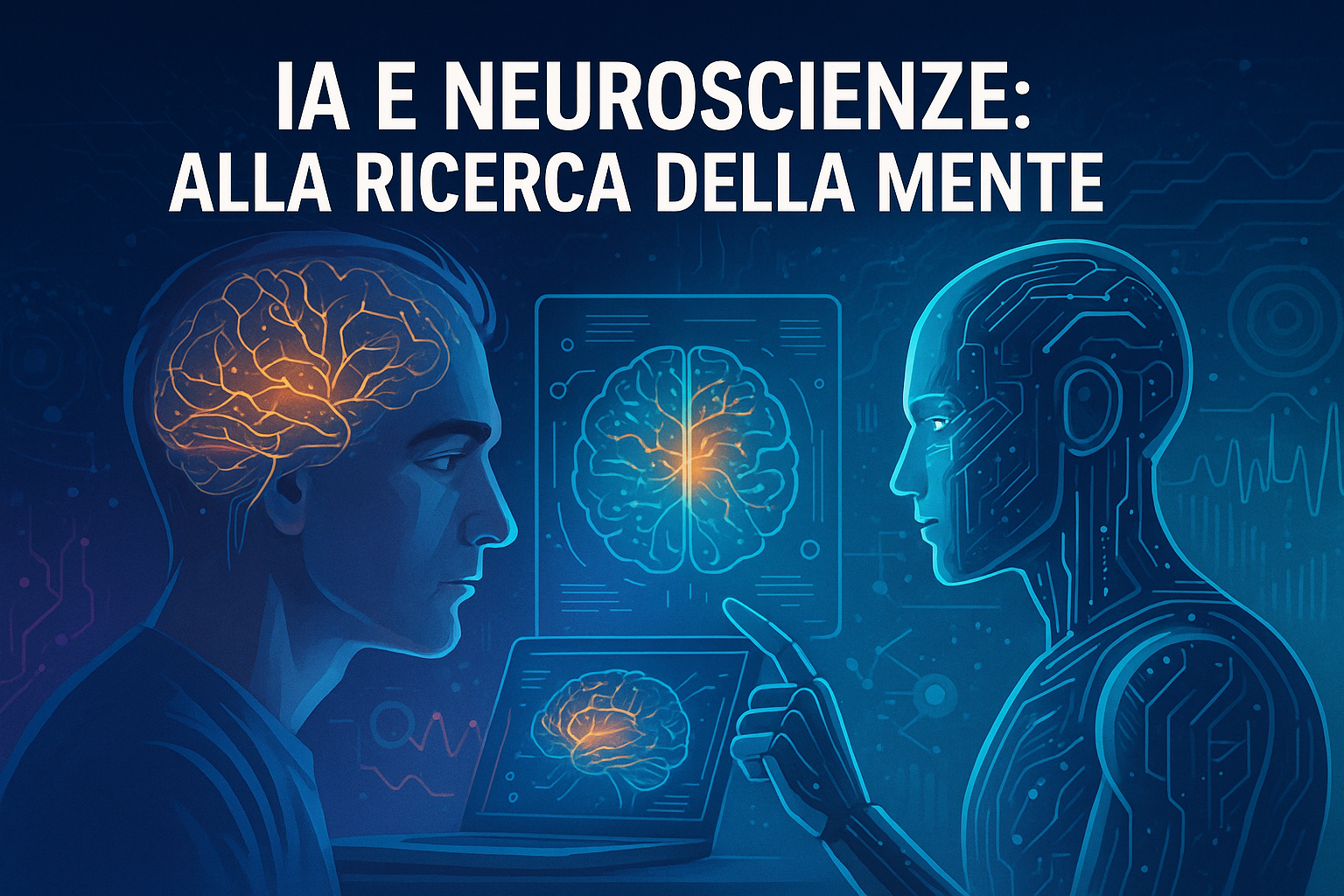Understanding the human mind is one of the most fascinating and complex challenges in modern science. In this field, artificial intelligence is emerging not just as a tool but as a valuable ally to neuroscience. The interaction between these two worlds is reshaping how we study the brain, opening new paths in research, diagnostics, and the simulation of cognitive processes.
One of the most promising intersections is the development of brain-machine interfaces. These systems, which translate neural signals into digital commands, are already being used to restore mobility to people with motor disabilities or to control external devices through thought. Beyond their clinical application, these interfaces collect data that help map brain activity with unprecedented precision. AI, through machine learning algorithms, analyzes that data to uncover patterns that would otherwise esca...
Another area where artificial intelligence is making a difference is in the simulation of neural networks. Deep learning models are inspired by the structure of the human brain, but today the process is becoming two-way: while AI imitates the mind, neuroscience is looking to AI for tools to better understand itself. At the MIT Media Lab, for example, researchers are developing computational models that simulate cognitive dynamics like attention, memory, and object recognition, helping to build bridges be...
The collaboration between neuroscience and AI is also having a growing impact on the early diagnosis of neurological diseases. Some algorithms, trained on large volumes of clinical and neuroimaging data, can detect early signs of Alzheimer’s, Parkinson’s, or autism spectrum disorders with higher sensitivity than traditional methods. In centers like those of the Human Brain Project in Europe, researchers are building digital twins of the human brain—models that allow drugs or clinical hypotheses to be te...
A recent article in Nature Nature Neuroscience highlights how AI is transforming our ability to decode brain signals and build increasingly sophisticated models of the human mind. (Nature Neuroscience)
But this is not a one-way dialogue. Neuroscience is offering AI new inspirational paradigms. Brain plasticity—the ability of the brain to change in response to experience—suggests adaptive models that go beyond the rigidity of current artificial systems. The idea that the mind is an emergent, complex system, not reducible to mere computational functions, raises deep questions about what it truly means to “simulate” intelligence.
As we explored in the article AI and Philosophy: Can Consciousness Be Simulated?, replicating behavior isn’t enough to claim that a machine has a mind. Consciousness, intentionality, and subjectivity remain dimensions that current models cannot grasp. But precisely for this reason, every attempt to approach them becomes an opportunity for discovery.
The synergy between AI and neuroscience is not just theoretical. It has real, daily impact. In rehabilitation centers, wearable devices, and neuropsychology labs, AI is supporting patients and researchers on a shared journey of understanding. And perhaps this is the most important point: when technology serves the human, it doesn’t reduce complexity—it enhances it.
Studying the mind through AI doesn’t mean simplifying it. It means recognizing its depth, its mystery, and its extraordinary capacity to learn, imagine, and feel. And perhaps, in trying to teach a machine what it means to “think,” we’re also learning something new about ourselves.
📚 Do you want to learn Artificial Intelligence?
Discover our fundamental articles, ideal for starting or orient themselves in the world of AI:
- What is Artificial Intelligence (and what isn't, really)
- Ethics of Artificial Intelligence: why it concerns us all
- 5 Tools of Artificial Intelligence that you can use immediately
📬 Get the best every Friday
Visit the page Subscribe to our newsletter and choose the version you prefer (English or Italian).
